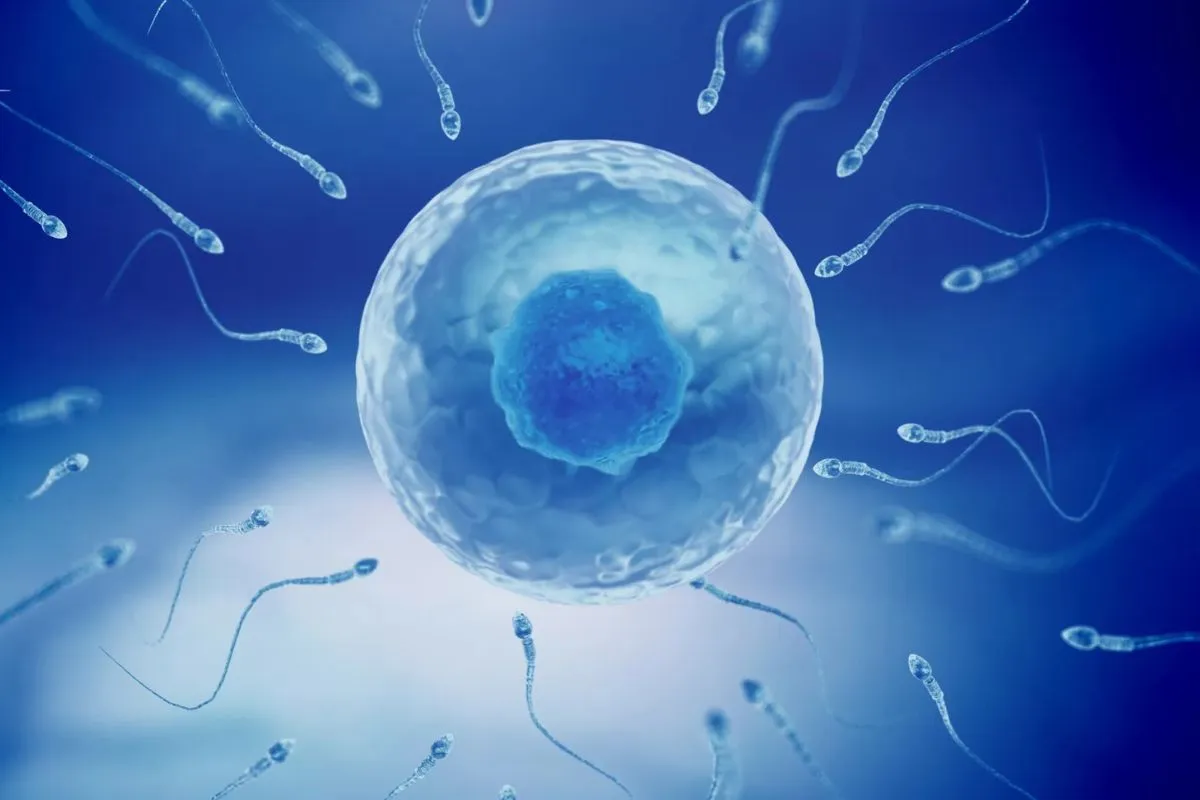Step-by-Step Process of IUI: What to Expect During Treatment

Intrauterine Insemination (IUI) is a popular fertility treatment that offers a less invasive and more affordable option compared to other methods like In Vitro Fertilization (IVF). IUI is often recommended for couples experiencing unexplained infertility, mild male factor infertility, or cervical mucus issues. For those seeking the Best IUI treatment in Nairobi, understanding the process can help ease concerns and better prepare you for the journey. This article provides a detailed step-by-step guide on what to expect during IUI treatment.
Step 1: Initial Consultation and Evaluation
The first step in the IUI process is an initial consultation with a fertility specialist. During this visit, the doctor will review your medical history, conduct a physical examination, and discuss any previous attempts at conception. Both partners may undergo fertility testing to determine the cause of infertility and to confirm that IUI is the appropriate treatment option.
Common tests include blood tests to check hormone levels, semen analysis for the male partner, and imaging tests such as an ultrasound or Hysterosalpingography (HSG) to assess the woman’s reproductive organs. The results of these tests will guide the treatment plan and help determine the optimal timing for the procedure.
Step 2: Ovulation Induction
Once the initial evaluation is complete and IUI is deemed suitable, the next step involves ovulation induction. This process is designed to stimulate the ovaries to produce one or more eggs, increasing the chances of successful fertilization.
Ovulation induction typically involves taking fertility medications, such as Clomiphene Citrate (Clomid) or Gonadotropins, which are administered either orally or through injections. The response to these medications is monitored closely with blood tests and ultrasounds to track follicle development. When the follicles have reached an adequate size, a trigger shot of Human Chorionic Gonadotropin (hCG) is given to induce ovulation.
Step 3: Semen Collection and Preparation
On the day of the IUI procedure, the male partner will provide a semen sample. This sample is usually collected through masturbation, although alternative collection methods can be arranged if necessary. It is important to note that the semen sample should be produced after a period of abstinence, typically 2-5 days, to ensure optimal sperm quality.
Once collected, the semen undergoes a process called sperm washing. During sperm washing, the sperm is separated from the seminal fluid and any impurities. This process not only concentrates the sperm but also removes any chemicals that could potentially irritate the uterus, thereby improving the chances of successful fertilization.
Step 4: The IUI Procedure
The IUI procedure itself is relatively quick and straightforward, typically taking place in the doctor’s office or a fertility clinic. During the procedure, the woman lies on an examination table, and a speculum is inserted into the vagina to allow access to the cervix. The prepared sperm sample is then loaded into a thin, flexible catheter, which is gently inserted through the cervix and into the uterus.
The sperm is carefully injected into the uterine cavity, near the time of ovulation, to increase the likelihood of fertilization. The entire procedure usually takes just a few minutes and is generally painless, although some women may experience mild cramping or discomfort similar to that of a Pap smear.
After the insemination, the woman is typically asked to lie down for about 10-15 minutes to give the sperm time to reach the egg. After this short rest, she can resume normal activities.
Step 5: Post-Procedure and Luteal Phase Support
After the IUI procedure, you may be prescribed medications to support the luteal phase of your menstrual cycle. This is the phase after ovulation when the body prepares for a potential pregnancy. Progesterone supplements are commonly prescribed to support the uterine lining and increase the chances of implantation.
During the two-week wait following the IUI procedure, it’s important to maintain a healthy lifestyle, avoid stress, and follow your doctor’s instructions regarding medications and activities. While it can be an anxious time, try to stay positive and keep yourself occupied until it’s time for the pregnancy test.
Step 6: Pregnancy Test and Follow-Up
Approximately two weeks after the IUI procedure, you will return to the clinic for a pregnancy test. This is usually done through a blood test, which can detect the presence of the pregnancy hormone hCG. If the test is positive, your doctor will schedule follow-up appointments to monitor the early stages of pregnancy and ensure that everything is progressing normally.
If the test is negative, your doctor will discuss the next steps with you. Depending on the circumstances, you may be advised to repeat the IUI procedure or consider alternative fertility treatments such as IVF.
Conclusion
IUI is a relatively simple and non-invasive fertility treatment that can be an effective option for many couples. By understanding the step-by-step process of IUI, you can approach the treatment with greater confidence and clarity. For those seeking the best IUI treatment in Nairobi, partnering with a reputable fertility clinic that offers personalized care and advanced reproductive technologies can significantly enhance your chances of success. Remember, the journey to parenthood can be challenging, but with the right support and treatment, it is possible to achieve your dream of having a child.
